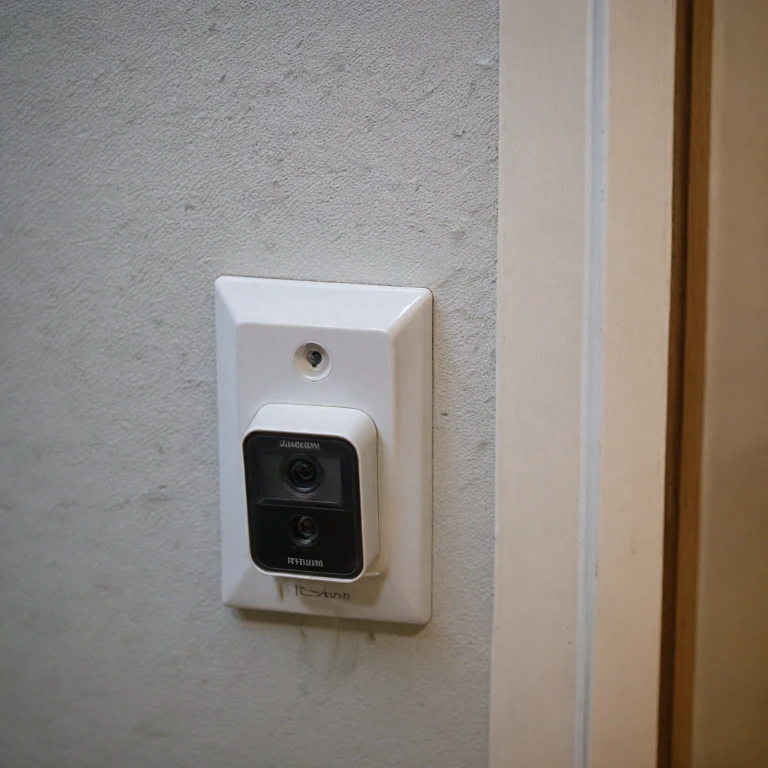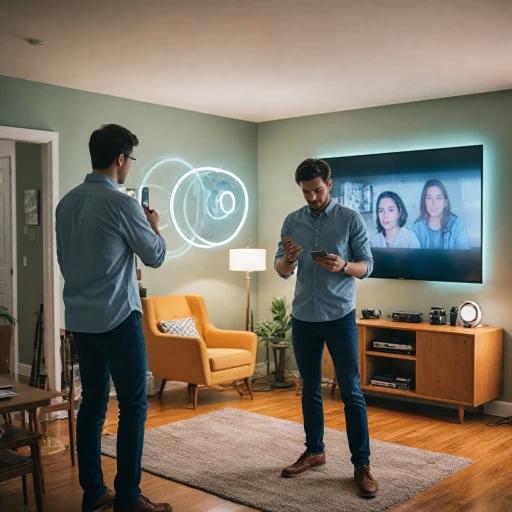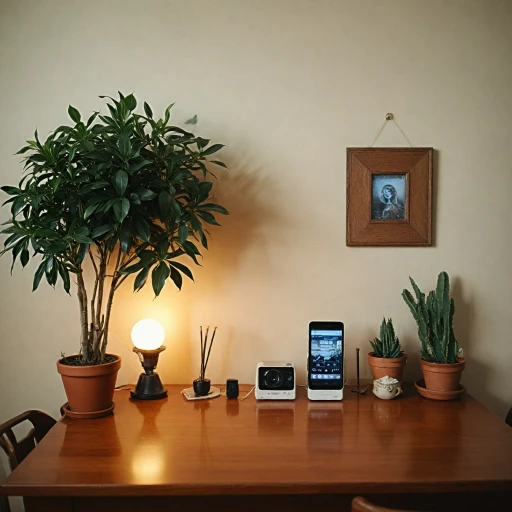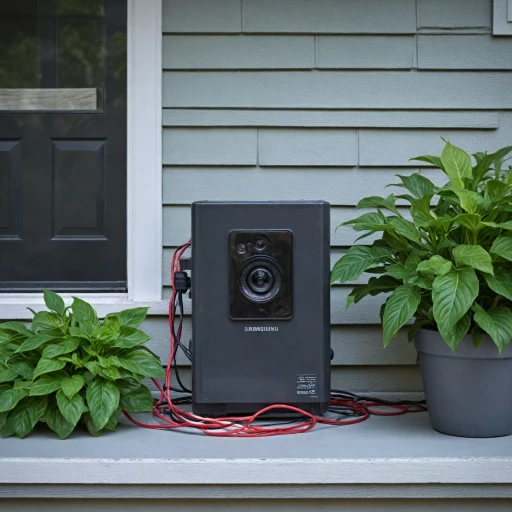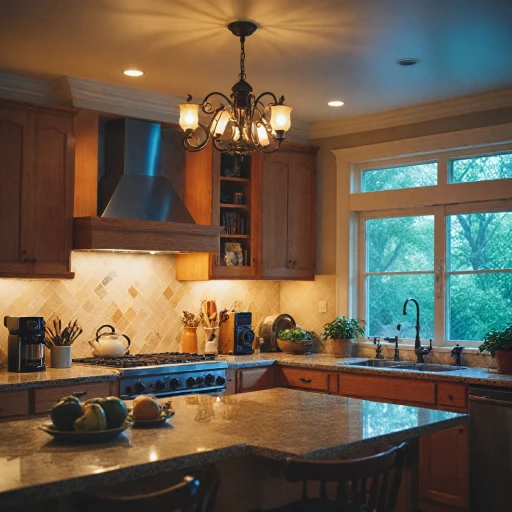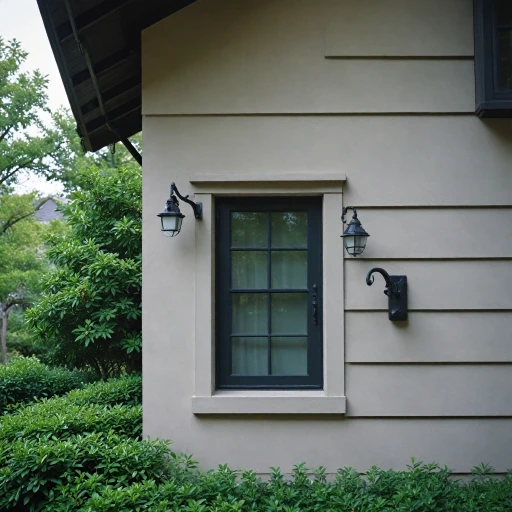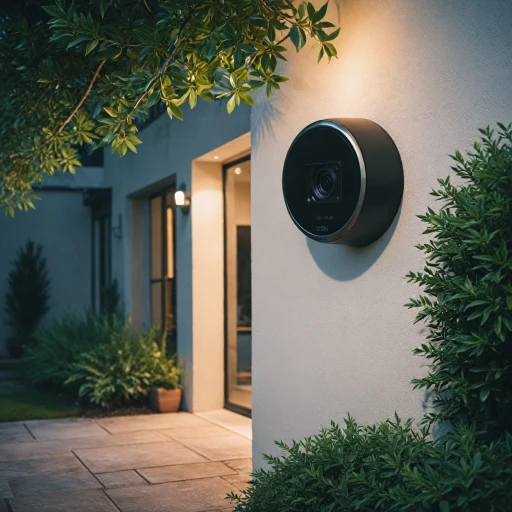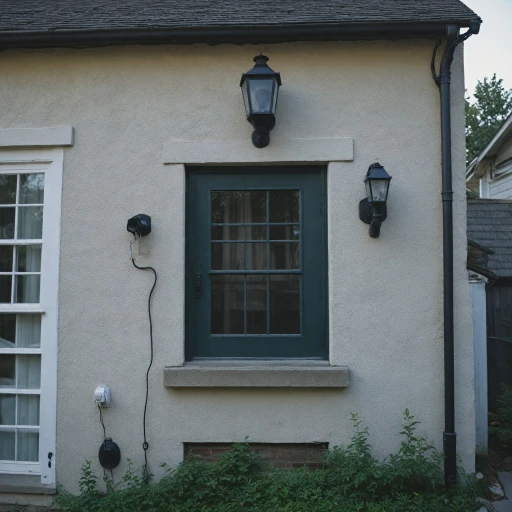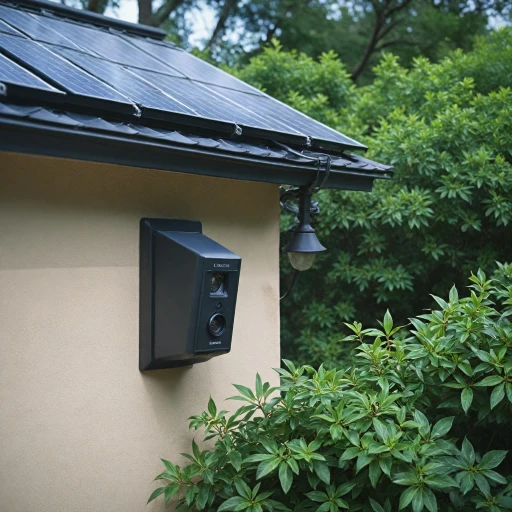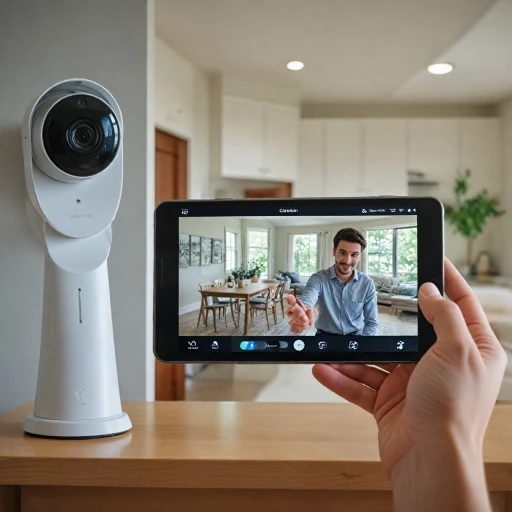
The Basics of Home Security Camera Power Needs
Understanding Power Requirements for Home Security Cameras
When setting up a home security camera system, one of the first considerations is how to power these devices effectively. Security cameras, whether for residential or commercial use, typically require a consistent and reliable power supply to function optimally. This is where understanding the basics of power needs becomes crucial.
Most security cameras operate on low voltage, commonly using a 12V DC power supply. This voltage is not only safe but also efficient for continuous operation. The power is delivered through a variety of connectors, such as a barrel jack or power plug, which are designed to ensure a secure connection between the camera and the power source.
Choosing the right power adapter is essential. It should match the camera's voltage and current requirements to prevent any potential damage. A mismatch in these specifications can lead to performance issues or even damage the camera. Therefore, it's important to use a power adapter that is specifically designed for your camera model.
Another aspect to consider is the type of power connector used. Common options include male and female connectors, which are often used in conjunction with power pigtails or extension cables. These connectors ensure that the power is delivered efficiently and securely, reducing the risk of disconnection or power loss.
For those looking to maintain a cctv security system, understanding these power needs is crucial. A reliable power supply not only ensures that your cameras are always operational but also enhances the overall security of your property. For more insights on keeping your security cameras charged efficiently, you can explore how to keep your Ring camera charged efficiently.
Why Choose a 12V DC Power Plug?
The 12V DC Power Plug: A Smart Choice for Security Cameras
When it comes to powering your home security system, choosing the right components is essential for a reliable setup. Opting for a 12V DC power plug for your security cameras is a smart decision that ensures consistent performance and simplifies installation. Understanding the significance of a 12V DC power plug requires delving into a few key aspects:- Efficiency and Compatibility: Most CCTV security cameras are designed to operate on a 12V DC power supply, making the use of a 12V plug a seamless fit. This standardization across security camera systems simplifies your setup, as you won't need unique or complex power adapters.
- Stable Power Supply: A 12V DC connector ensures stable and consistent power delivery, which is crucial for uninterrupted surveillance. Power supplies with the wrong voltage can lead to system malfunctions or damage your cameras over time.
- Ease of Use: Many security cameras feature a plug-and-play design when using compatible 12V DC power connectors. The barrel jack, power jack, and connector pairs like female and male connectors are commonly used. This setup minimizes the need for extensive wiring, often utilizing a simple power pigtail or extension cable.
- Availability and Versatility: 12V power supplies are widely available, meaning replacements or additional adapters can be sourced with ease, whether for individual cameras or across an entire security system. Plus, these power adapters accommodate various installation needs—from residential homes to larger commercial properties.
Installation and Compatibility Considerations
Key Factors for Power Setup and Compatibility with Security Cameras
When setting up a home security camera, it's important to ensure the power supply is both sufficient and compatible with the device. One of the central elements in this process is the power connector, which bridges the energy source and the camera. Unlike the commonly found AC power systems, most security cameras typically leverage DC power, often at 12V. This is achieved through a power adapter that transforms the AC power from your outlet into the DC format required by the camera. A power plug, usually in the form of a male barrel jack, is then used to establish a connection between the power adapter and the camera, which typically features a female connector. To enhance security and functionality, it's crucial to consider the quality and compatibility of power connectors and ensure that they’re securely fastened. A poor connection or an incompatible power jack can disrupt the camera’s performance or result in damage. For those venturing into wireless systems, understanding the relevance of battery backup and selecting appropriate items for extended power support is equally vital. Another key aspect involves the physical aspects of installation—namely, the length and quality of your power cable. Opt for high-quality cables to mitigate voltage drop over long distances and, if necessary, consider using extension cables designed to support the specified voltage and amperage requirements. When integrating a security camera system, also pay close attention to choosing the right camera mount for your home security system. This element can significantly impact the ease of power setup and long-term stability of the camera. Remember, in the United States and other regions, power supply standards can vary. Always ensure your power adapters and connectors comply with local electrical standards, and when in doubt, consult with a professional to ensure optimal setup and functionality of your security system.Troubleshooting Common Power Issues
Addressing Power Concerns for Security Cameras
When operating home security cameras, encountering power-related issues can be frustrating, especially when each power plug and connector is crucial for the functionality of your security system. Understanding how each adapter, plug, and power supply works can help mitigate common problems. Here’s how you can troubleshoot and address these issues effectively.
First, ensure that your power adapter and power plug are working correctly. Sometimes, a faulty adapter barrel or a loose connection can lead to power supply disruptions. Check the female connectors and ensure the power jack fits securely. Tighten any loose connections to prevent the power from cutting off unexpectedly.
If the camera fails to power on, inspect the power cable and extension cables for any visible damage or wear. Often, worn-out or exposed wires can disrupt the positive flow of electricity. Replacing damaged cables with free items or spares may resolve these issues without significant investment.
For those using a power pigtail or a male-to-female connector, verifying the proper alignment and secure fit can prevent many shutdowns. Ensuring a snug fit within the power connectors can make a noticeable difference. The security camera may also require a new power supply if it shows no signs of life, despite all checks.
Another helpful step is to use a multimeter to check the power output from the adapter. This confirms whether the power supply is delivering the correct voltage to your security cameras. Sometimes, item returns or shipping issues within the United States might result in receiving a faulty power adapter.
Lastly, consult the manufacturer’s guide or an expert for a professional inspection, if needed. Addressing power issues promptly can ensure enhanced security for your property. Embrace the reliability of top-rated security cameras that come with compatible power solutions to avoid future hassles.
Enhancing Security with Reliable Power Supply
Maximizing Security with Stable Power Management
Having a reliable power supply is crucial for maintaining continuous monitoring and protection for your property. Here are a few tips to enhance security using a stable power source:- Choose High-Quality Components: Selecting durable items like a top-rated power adapter, male and female power connectors, and a robust power plug is often the first step in ensuring longevity and reliability for your CCTV security setup.
- Secure Connections: Make sure all connectors, including the power pigtail and jack, are tightly fitted to avoid disconnections. Using a power jack with a secure fit can help prevent unintended disruptions.
- Proper Wire Management: Excessive bending or exposure of cables and wires can lead to wear and tear. Utilize extension cables and cable management solutions to keep your power wire organized and free from physical stress.
- Adaptability with Power Supplies: Investing in adapter barrels that suit various outlet types in your region, particularly if you're in the United States, and considering options like solar power or battery backups, can help ensure your system remains active even during power outages.
- Regular Maintenance: Periodically check all power connectors and plugs to ensure there are no loose connections or damage. Doing so can prevent sudden power loss and returns on faulty equipment.
- Future-Proofing with Advanced Solutions: As technology advances, look for innovations that might open new windows to enhance your existing setup. These might include integrating a power supply box for centralized management or utilizing wireless options that reduce dependency on physical cables.
Future Trends in Security Camera Power Solutions
Emerging Innovations in Security Camera Power Solutions
As the world of home security cameras continues to evolve, so do the power solutions that support these essential devices. From traditional 12V DC power plugs to more advanced options, understanding the trend in power solutions can help enhance your overall security experience.
Integration of Smart Power Options
In many systems, we're observing an increased integration of smart power solutions that optimize the power supply through efficient power connectors, such as adapter barrels and power pigtails. These systems work with a range of connectors and plugs, providing reliable, intelligent power management that minimizes energy waste and maximizes security camera performance.
Development of Wireless Power Alternatives
Another trend gaining traction is wireless power supply options for security cameras. Innovations in wireless technology are gradually making it feasible for cameras to operate without the constraints of physical power cables, offering more flexibility and opening windows to more strategic camera placements.
Dependence on Backup and Renewable Power Sources
To ensure uninterrupted surveillance, many setups now include backup power solutions such as battery-based power supplies. Additionally, there's a growing interest in incorporating renewable energy sources like solar power, which not only provide a free and green energy supply but also ensure cameras remain operational during power outages.
Advancements in Connector Design
The evolution of power connectors, including advancements like the introduction of more robust female and male connectors, is also promising a more reliable connection, reducing the incidence of power failure. Sleek designs with improved barrel jacks and wire connectors ensure secure and stable connections between power adapters and security cameras.
In conclusion, while the 12V DC power plug remains a popular choice for many, the constant development in power solutions offers multiple avenues for enhancing the reliability and efficiency of your home security system. Staying informed of these trends ensures you are equipped with the top-rated power supply options available in the market today.

